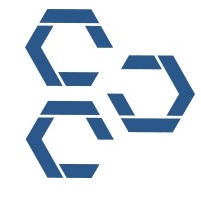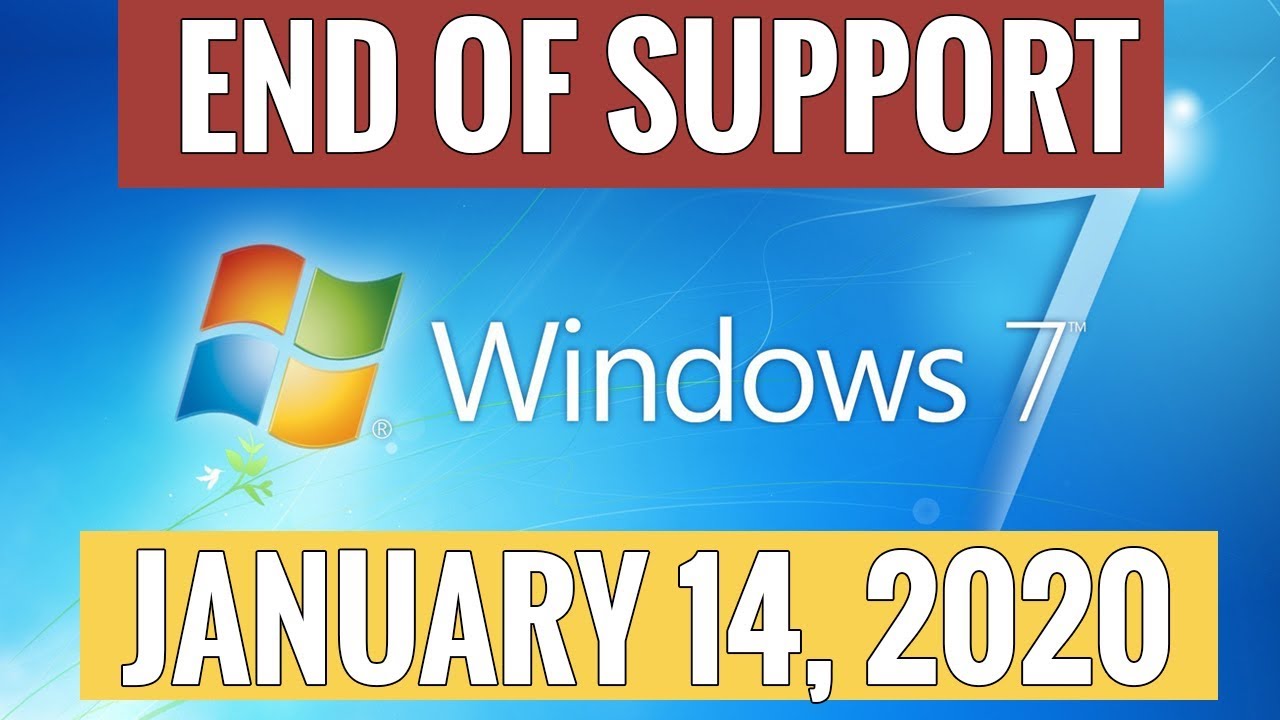Why Multi-Factor Authentication is Important for You and Your Business
Arguably, even strong passwords are not enough for protecting most sensitive information. Adding a second layer of protection, such as multi-factor authentication (MFA) will help keep you and your organization more secure. A true multi-factor authentication (MFA) will require at least two mechanisms from different methods. For example, an ATM card has an MFA. Your card is your first level of authentication and the second is your PIN, you can’t withdraw money without typing in your PIN.
Today, most MFA solutions can be deployed by using either apps or SMS on mobile devices running iOS or Android. When using MFA for a website, the user puts in their password, and the MFA system responds with a unique and temporary keycode, sent either via SMS or to the MFA app on the user’s phone. The user types in the code on the website, and gains access. The passcode expires after a set period and can’t be reused.






